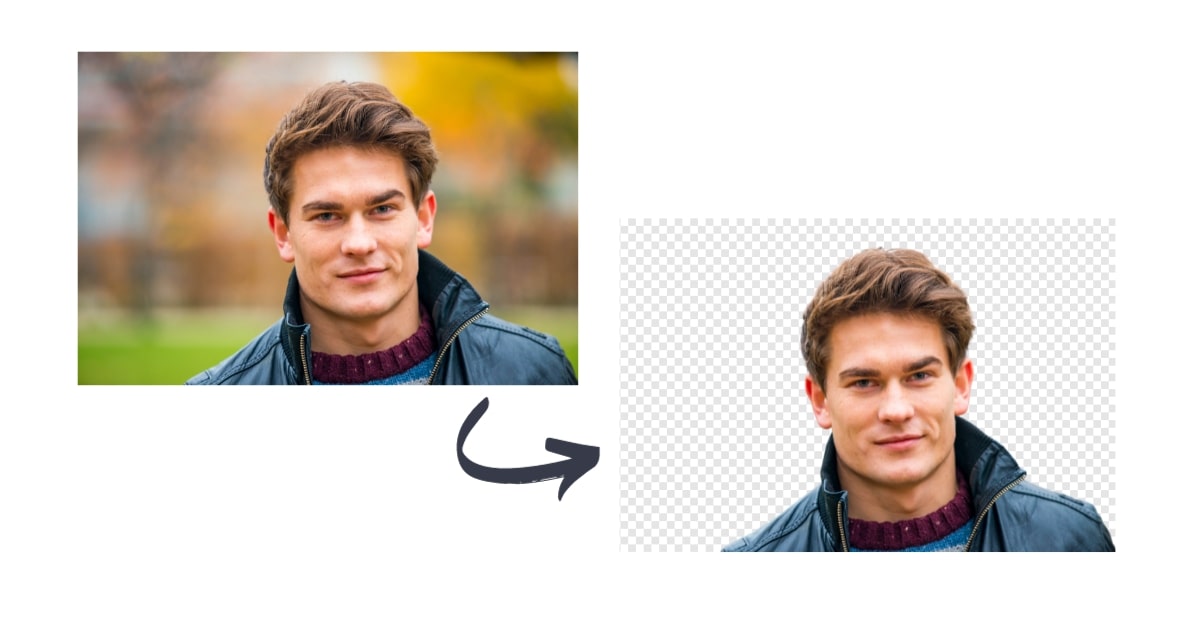In the digital age, our photos play a crucial role in our personal and professional lives. Whether it’s for creating stunning social media posts, designing a website, or enhancing product images for e-commerce, the background of an image can significantly impact its overall appeal. This is where BG removers come to the rescue. In this article, we will explore what BG removers are, how they work, and their various applications, all while providing answers to some frequently asked questions.
What Is a BG Remover?
A “BG remover” or background remover is a digital tool designed to eliminate the background from an image, leaving the subject isolated. This process is commonly referred to as background removal or background extraction. BG removers are instrumental for achieving a clean, professional look in images without requiring advanced photo editing skills.
How Do BG Removers Work?
BG removers utilize various algorithms and techniques to distinguish the subject from the background. The process typically involves identifying the subject through color contrasts, outlines, or artificial intelligence-based recognition. The tool removes the background once the subject is detected, resulting in a transparent or solid-colored backdrop.
Applications of BG Removers
- Ecommerce: Product images with cluttered backgrounds can be distracting. BG removers help to create consistent, visually appealing product listings.
- Graphic Design: Graphic designers use BG removers to superimpose subjects onto new backgrounds, creating eye-catching designs.
- Photography: Photographers can improve portraits by removing unwanted backgrounds, and focusing solely on the subject.
- Social Media: Personal and professional profiles can stand out with crisp, well-edited profile pictures and cover photos.
- Website Design: Website builders often use BG removers to maintain a cohesive and attractive look for their web pages.
Features of an Effective BG Remover
When selecting a BG remover, consider the following features:
- Ease of Use: A user-friendly interface is essential for those without extensive design experience.
- Background Options: Look for tools that offer various background options, from transparent backgrounds to solid colors or custom images.
- Image Format Support: Ensure the tool supports popular image formats like JPEG, PNG, and GIF.
- Bulk Processing: Useful for e-commerce and large projects, this feature allows you to process multiple images simultaneously.
- Accuracy: A reliable BG remover should provide precise results with minimal errors.
- Customization: Some tools allow you to fine-tune the results for a more tailored output.
Conclusion
BG removers have revolutionized the way we edit and present images. They empower individuals and businesses to create professional, eye-catching visuals without the need for advanced graphic design skills. When selecting a BG remover, consider factors like ease of use, image format support, and customization options to achieve the best results. Whether you’re a photographer, graphic designer, or an e-commerce entrepreneur, the power of BG removers can unlock new creative possibilities and enhance your visual content.
Frequently Asked Questions
1. Are BG remover tools free to use?
Most BG removers offer both free and paid versions. Free versions may have limitations on image resolution and usage. For professional or high-volume work, a premium version is often recommended.
2. Can BG removers handle complex backgrounds?
Advanced BG removers can handle complex backgrounds, but the results may vary. Manual adjustments may be necessary in challenging scenarios.
3. Are there any online BG remover tools?
Yes, many online tools are available that don’t require downloads or installations. Simply upload your image and get started.
4. Can BG removers be used on mobile devices?
Yes, several mobile apps are designed for background removal, making it convenient for on-the-go editing.
5. How do I maintain image quality after using a BG remover?
To preserve image quality, ensure that the output format and settings match your needs. Saving images in a lossless format like PNG is recommended.
This page was last edited on 19 February 2024, at 4:00 pm
